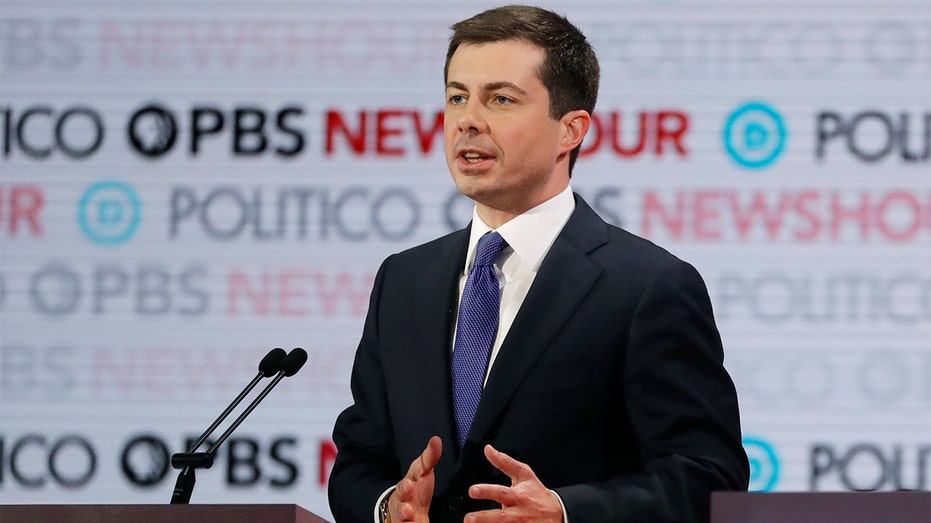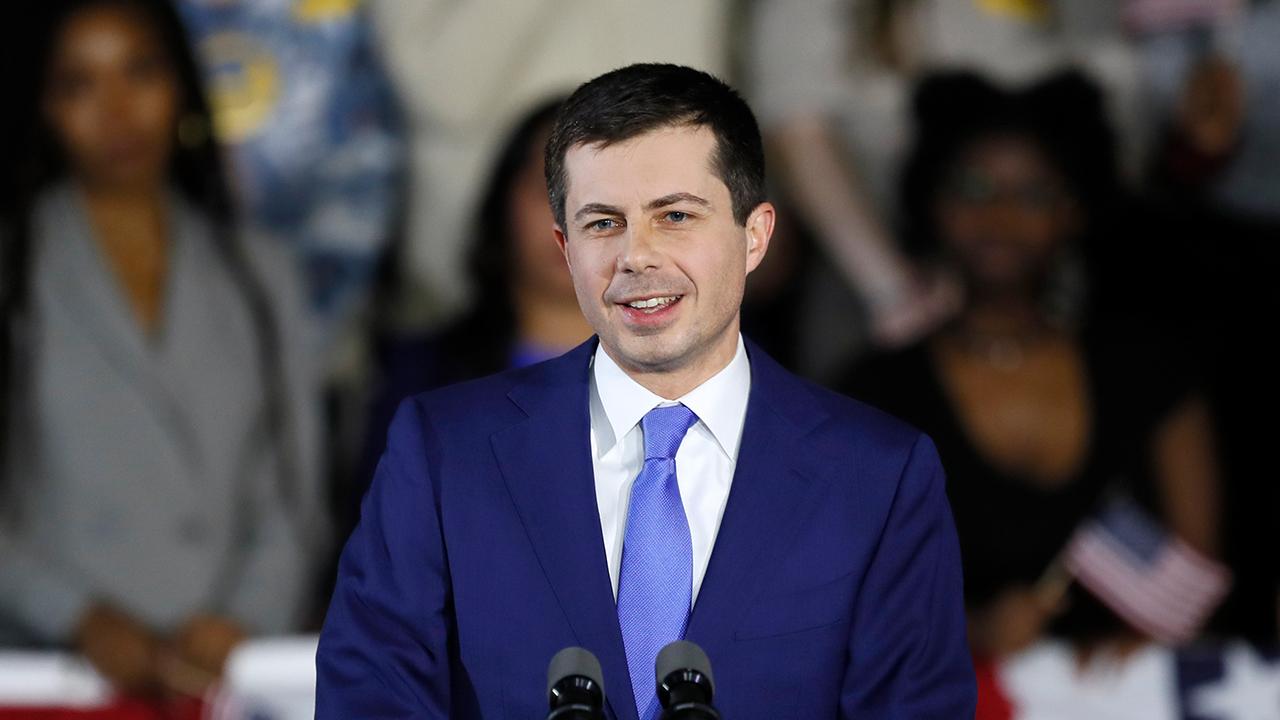As Sanders, Buttigieg lead in Iowa, how do their health care plans compare?
The moderate and progressive candidates are locked in a tight race for Iowa
Pete Buttigieg and Bernie Sanders, who represent two starkly different facets of the Democratic Party, are locked in a neck-and-neck race for first place in the Iowa caucuses, according to partial results released Tuesday evening.
It’s unclear when the Iowa Democratic Party intends to release the entirety of the caucus results — the side effect of technical problems with a new mobile phone app once intended to streamline the reporting process — leaving both campaigns and voters uncertain about the outcome and the primary field with no clear frontrunner.
Both candidates were quick to tout the early results, which represented just 71 percent of all precincts (1,250 of 1,765) in the state and indicated that Buttigieg was in a narrow first place, while Sanders trailed by only 1.6 percentage points. The Associated Press says the race is still too early to call.
SANDERS, BUTTIGIEG ARE WINNING THE 2020 CAMPAIGN FUNDRAISING RACE
IOWA CAUCUS CHAOS LINKED TO APP STARTED BY CLINTON CAMPAIGN VETERANS
Buttigieg and Sanders are not just separated by 40 years in age, but by conflicting ideology, a divide that’s perhaps best highlighted by their stances on health care. Sanders, a self-avowed democratic socialist, “wrote the damn bill” on Medicare-for-all, the sweeping, multi-trillion-dollar proposal that would shift the country toward a single-payer system.
But Buttigieg -- who’s repeatedly knocked Medicare-for-all -- laid out a different vision to expand the Affordable Care Act, one of the biggest legislative accomplishments of the Obama administration, by adding a public option that's open to all Americans but preserves the option for individuals to keep their private insurance. He’s dubbed the middle-of-the-road plan “Medicare for all who want it.”
GET FOX BUSINESS ON THE GO BY CLICKING HERE
Take a closer look at the two rivals’ plans:

SANDERS
What would enrollees receive, and how much would they have to pay?
- The plan would eliminate premiums, deductibles and copays for all Americans and would cover vision, dental, hearing aids and some long-term care. It would also eliminate private insurance companies
- It would be phased in over time: The first year, the Medicare eligibility age would be dropped to 55. That would fall to 45 in the second year, and then to 35, until in the fourth year, everyone would be covered
- Out-of-pocket spending would likely vary person-to-person, depending on the person’s income. In June, Sanders admitted that taxes would likely rise on the middle-class, but noted most would come out ahead, thanks to universal coverage. For some high-income Americans, the savings may not exceed the tax increases.
How much would it cost?
- Sanders’ campaign has not said specifically how much the plan would cost, but the Congressional Budget Office projects it could be upward of $24 trillion in additional federal spending over its first decade in operation
How would he pay for it?
- Payroll taxes on employers: Employers would pay a 7.5 percent payroll tax, replacing what they currently pay for health care. Right now, all employees and employers pay a 1.45 percent tax for Medicare, or 2.9 percent total. That would raise an estimated $3.9 trillion over 10 years. The first $2 million would be exempt from that tax in order to protect small businesses.
- Household premiums: Households earning more than $29,000 would pay a 4 percent income-based premium, generating $3.5 trillion over 10 years.
- Taxes on corporations: It would impose a one-time tax on currently held offshore profits, generating $767 billion over 10 years. Large financial institutions would also be hit with a fee, producing $117 billion.
- Taxes on the wealthy: Under the proposal, the marginal income tax rate would increase incrementally for those earning more than $250,000 — a 40 percent tax — to those earning more than $10 million — a 52 percent tax. Likewise, it would also end the tax break for capital gains and dividends on household income above $250,000. The wealthiest 0.1 percent, or 160,000 households, would also be hit with a wealth tax.

BUTTIGIEG:
What would enrollees receive, and how much would they have to pay?
- Americans would receive similar coverage currently offered on the Affordable Care Act exchanges. That law requires insurers to cover at least 10 essential health benefits, which includes maternity and newborn care, prescription drugs, laboratory services and mental health.
- The plan would cap premium payments at 8.5 percent of income (under the Affordable Care Act, it’s capped at roughly 10 percent)
- It would automatically enroll uninsured or low-income Americans in the public option or in Medicaid
- It would offer other affordability measures, like expanding subsidies to low- and middle-income Americans for premium payments and eliminating surprise medical bills. Buttigieg also proposed lifting the income eligibility cap that cuts off a number of middle-class families from federal assistance
How much would it cost?
- The proposal would cost an estimated $1.5 trillion over the next decade
How would he pay for it?
- Campaign officials said the plan could be paid for by rolling back President Trump’s tax cuts, returning the corporate rate to 35 percent from its current level of 21 percent.
- Funding would also stem from cost savings that would allow the federal government to negotiate drug prices
CLICK HERE TO READ MORE ON FOX BUSINESS
